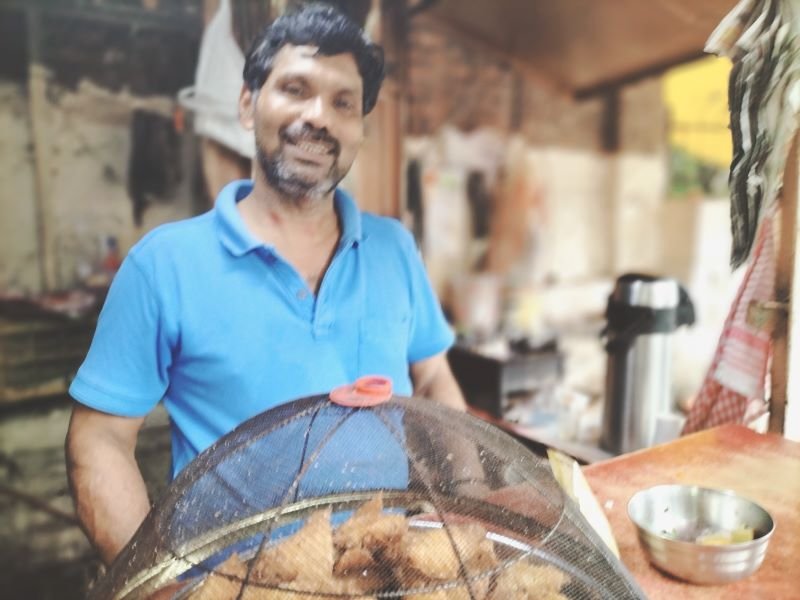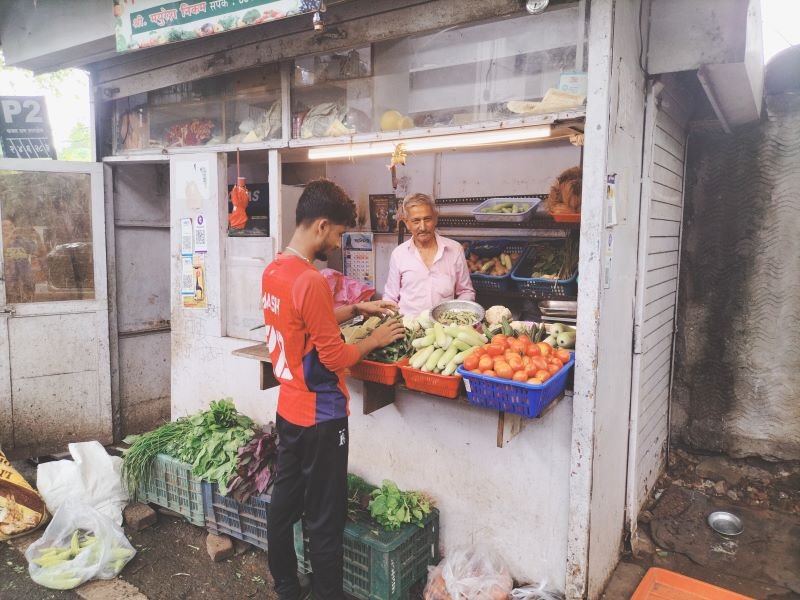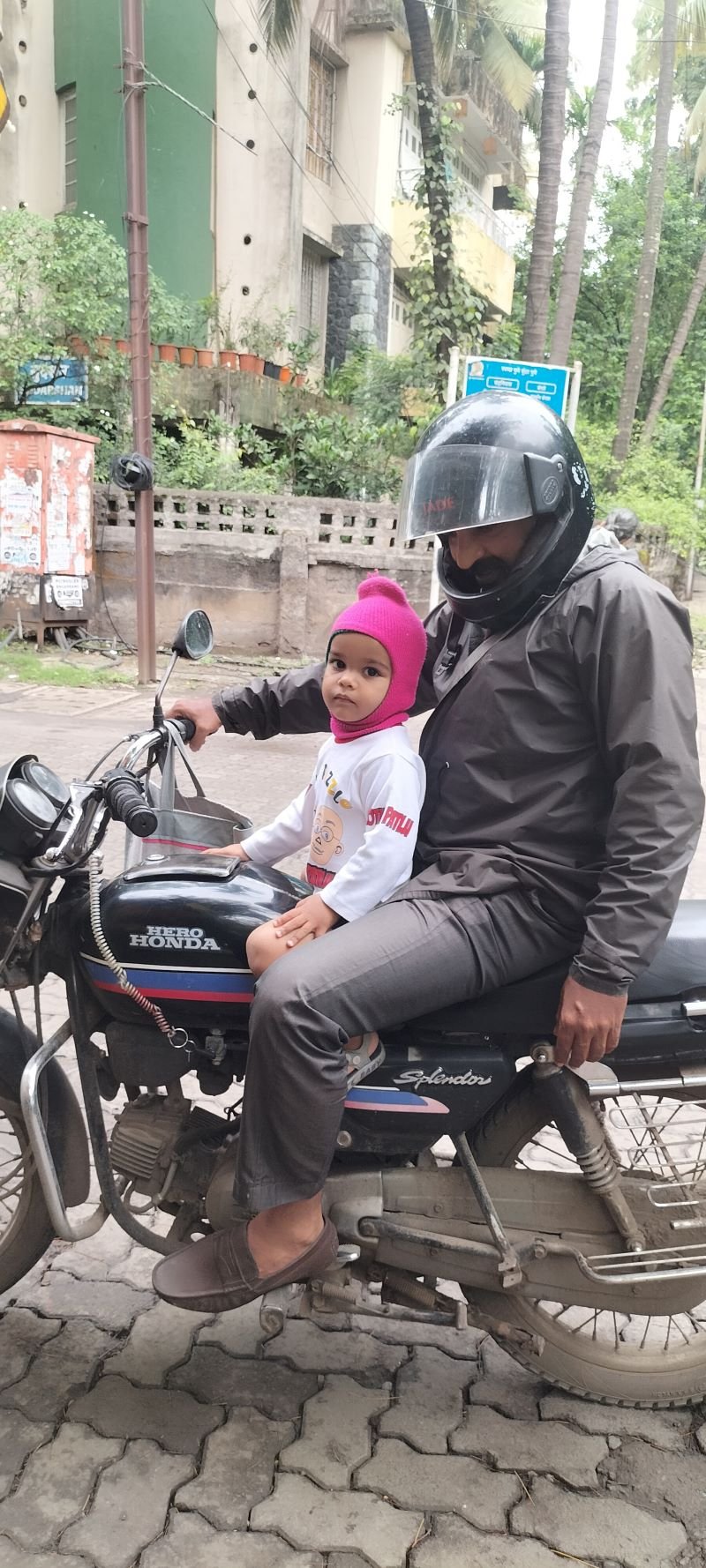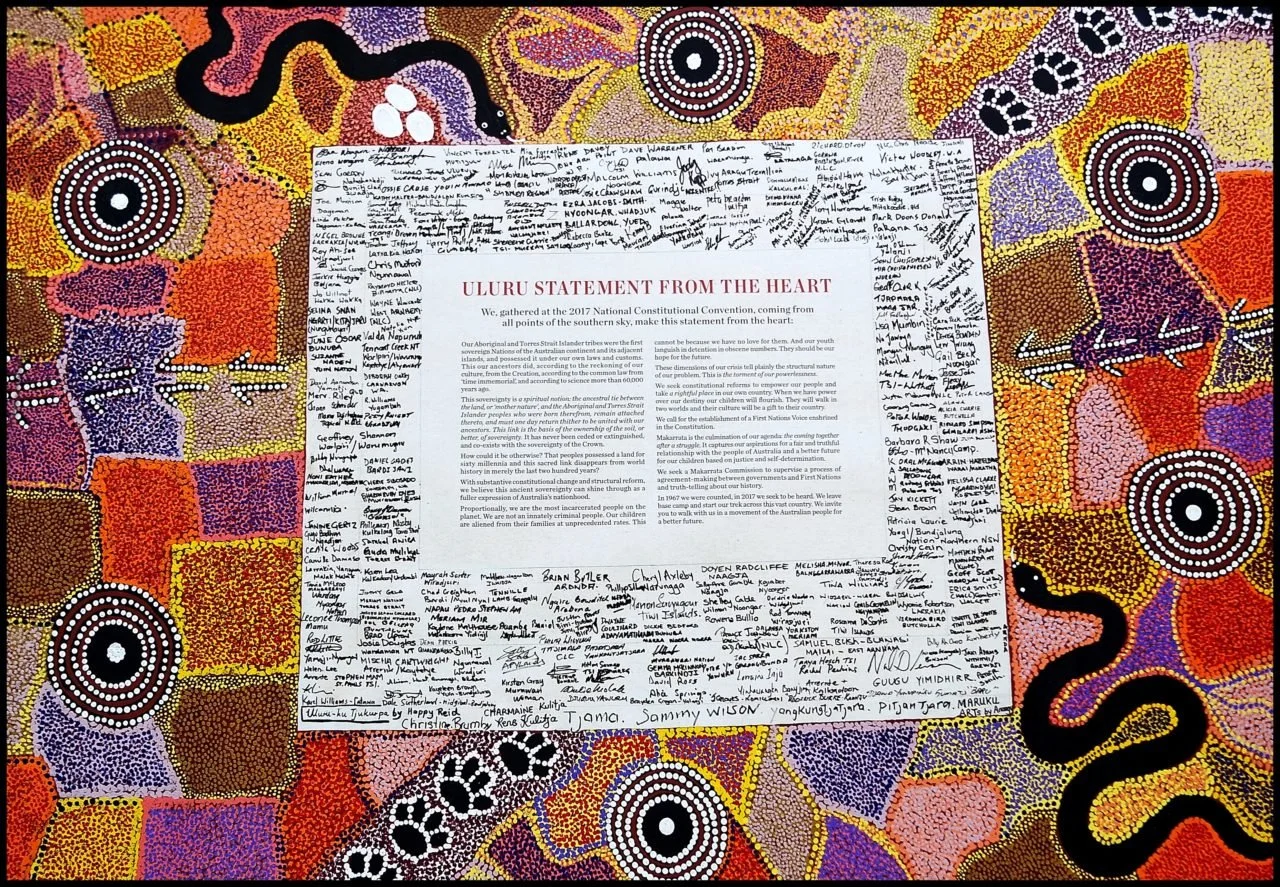The People You Meet
Walking down the street, I’m struck by how some faces look like the Whadjuk Noongar people of Boorloo (Perth, CBD).
Imagine how wonderful it would be if Noongar folk were plentiful and noticeably thriving in our city. This week’s focus on backbends has brought me to a ‘Voice from the Heart’.
Let’s join the dots by rewinding all the way back to Prashant’s Guru Poornima lecture, in which he linked ancestral time past to the luminosity of the Guru principle, including that which is inside us. The illumination required to see a pathway to become who and what we are.
In making this point, Prashant said, “Do you know your great great grandmother? Your eyes are like your great great grandmothers’ eyes”.
These words pull on my heartstrings. And this week, I’ve seen the talking eyes of Australia’s First Nations peoples everywhere I go. An unspoken gesture, an affirmative head action, a cheeky glint.
What’s more revealing is that I’ve seen my eyes in theirs.
It’s not so weird, our lands were once connected a long way back in time, although much more recently within this storyline.
My grandparents, on Dad’s side, are often called the “Old People” in my family circle. They are of Portuguese descent coming from the Malaccan Straights. These Kristang spoke only their native tongue, Malacca Portuguese, which meant I couldn’t talk to them whilst growing up. It’s a familiar story and a sign of those times.
Dad emigrated his Old People plus Aunty, Mum and me to Perth from Singapore in December 1974, when he was the ripe old age of thirty-four! I was five. Accepting families like mine symbolised the apparent ending of a “White Australia” policy.
Thinking about all of this brings up a sadness in me that I don’t yet fully comprehend but know is significant. We left in search of a better life, which I have undoubtedly gained, but there is also a sense inside of what’s been lost. I am eternally grateful to Dad and the Old People for their self-sacrifice. Their dislocation places me right where I was/am and will be.
Applying oneself to practice backbends requires a particular timing. They generate a type of heat within. The quote below, taken from Mr Iyengar’s commentary on the Yoga Sutras of Patanjali,
“Practice implies a certain methodology, involving effort. It has to be followed uninterruptedly for a long time, with firm resolve, application”.
generates a spark of recognition, which extends further when read in the context of his introduction to a new edition of this book -
Patanjali's sutras make use of his great versatility of language and mind. He clothes the righteous and virtuous aspects of religious matters with a secular fabric and in so doing is able to skilfully present the wisdom of both the material and the spiritual world, blending them as a universal culture.
Recall from a prior blog post that I’ve been pondering what it is to generate practice intensity. Gradually in unfolding this question, something within me is informing what is being formed.
The quote below is taken from an essay by Richard Flanagan, The Voice and Our Inauthentic Heart. It’s well worth a read.
For me, this essay placed a week of backbends into stark relief. Fanning an initial spark into a burning desire to understand more.
The Yolngu fourth tense implies something profoundly different: that we exist in a relationship with the larger world that is outside time yet also the guarantee that time continues; that by building the fish traps today, we ensure they continue being built both in the past and in the future. It places us in a position of humility towards the land and sea and towards those who come before and after us. The act is eternal and so are we for as long as we continue to build the fish traps, for as long as we continue to sing the land and sea into being, for as long as we honour the material world that gives us our life.
Within his lecture, Prashant also noted, “…the guru knows where you have been, what you have done and where you are going “ This naturally aligns with Mr Iyengar’s commentary on Pantaljali’s Yoga Sutras -
In ancient times, knowledge in the form of traditional lore such as the Vedas and Upanisads was passed on orally. Now, most of this teaching is lost. We have to depend upon written sources in order to gain access to the past, to grasp this heritage which is concerned with the science of knowing and realizing the spiritual oasis which lies within us. It is difficult to learn through books, but they are our only means of progress until we come across that rarity, a true teacher or master
Somehow, I know these things are linked together even if I haven’t yet the words to articulate how. Details and words aren’t significant in finding this piece of the puzzle.
It’s beyond my knowing and yet known within.
Aboriginal spirituality often conveys descriptions of each group's local cultural landscape, adding meaning to the whole country's topography from oral history told by ancestors from some of the earliest recorded history.
Yoga transfers knowledge through time.
To discover its purpose, most of us will but scratch the surface.
Delving more purposefully, in the truth telling of our connected storylines, is to accept an invitation that acknowledges self-discovery and “to look from behind one’s heart” (Sunita Iyengar, Backbends, 22/7/23)
Vote YES for The Voice.
dare to dream anew,
Ann







